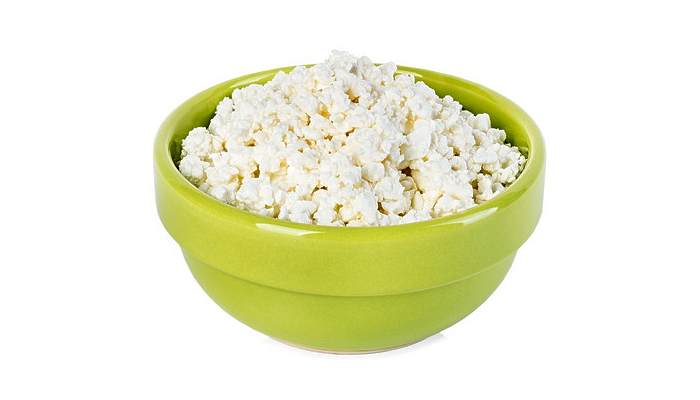It has been estimated by some experts that over 90% of cancers can be prevented; most cancers are due to environmental exposure. Therefore, only 10% of cancers are genetic! This is great news because it gives pet owners who own those breeds predisposed to cancer a fair amount of hope.
Just some of the breeds predisposed to cancer are:
- Bengals
- Boxers
- Great Danes
- Labradors and many of the Retriever breeds
- Persians
- Rottweilers
- Saint Bernards
- Scottish Terriers
- Siamese
For the pet owner, owning a specific breed of dog or a cat should not mean continual fear that cancer will rear its ugly head. Because most cancers are caused by environmental exposure, it really does give the pet owner great control over what can happen to their pet.
The exposures some of the common exposures that put pets at higher risk for cancer include:
- Over-vaccination
- Over use of topical chemicals and flea and tick medications
- Lawn treatment
- Fluoridated water
- Obesity
- Certain pet food ingredients
- Some of these pet food ingredients include:
- Ethoxyquin
- By-products
- Dyes
- Molds/fungi
- Simple carbohydrates like corn, wheat, and soy
Again, the good news is there are many things the pet owner can do to help protect his/her pet. Not only by avoiding over exposures and unnecessary chemicals, and feeding the best food that fits the owner’s lifestyle, but also feeding an easy, special recipe (the Budwig Diet) can help avoid cancer.
The Budwig Diet was discovered/invented by Dr Johanna Budwig, a German biochemist who found high quality flax seed oil could bring oxygen to the tissues; but the flax seed oil needs the help of a sulfurcottage cheese containing protein to be well absorbed into the body – thus cottage cheese. Because cancer develops in a low oxygen environment, flax seed oil makes it harder for cancer to find that place to grow in the body.
Budwig Recipe:
2 tablespoons flaxseed oil, fresh, refrigerated
1/4 cup cottage cheese, organic
Mix together so that the cottage cheese is no longer oily. If it is still oily, add more cottage cheese.
Feed this mixture to your pet two or three times a day every day on an empty stomach. Wait one hour to feed a regular meal.
Every day. Feed 1-2 teaspoons for cats, up to ½ cup twice a day for large breed dogs.
Make fresh at each meal. Flax seeds can be used but should be ground fresh then mixed into cottage cheese.
While this won’t stop all cancers, it will go a long way to provide healing oxygen to the cells of your dog or cat’s body.
That in itself is incredibly healthful!


just for clarification . . . this can be used as an amendment, even if your pet has not been diagnosed with cancer and appears in good health?
Absolutely Sharon!
Is this budwig recipe suitable for a 12 week old puppy – Lhasa Apso and how much should he have? Also what should I do re: flea/tick control, heartworm and vaccinations for him. He is due for his parvo 12 week vac. We lost our beloved 5 year old to lymphoma so I am really nervous about making the right choice for our new puppy. Thank you Tracy – Melbourne Australia
You can share 1 teaspoon of the mixture with your pup every day.
The answers to the rest of your questions are in other blog posts. Perhaps try searching for “vaccines,” “heartworm,” and “flea.”
Budwig diet has been disproven, but vegan diets look good. I wouldn’t feed dogs totally vegan, but maybe more cruciferous, no dairy, more organic free range beef. According to studies cited in Nutritionfacts.org nuts butters (my dogs will only eat cooked; they vomited the raw walnuts), tahini (not raw for animals, that is), cruciferous vegetables, mushrooms (mushroom powder for animals), greens, etc. reduce cancer risk. Cats, of course cannot be vegan, but try to get free range organic. Does anyone know how to treat a sebaceous gland that had been growing and then burst? My vet prescribed antibiotics to reduce the inflammation and dry it out, which it did wonderfully, but at end of course of antibiotics it is now growing again. Now that I’m not feeding her meat everyday, the sebaceous cyst is growing again but not as fast or large. Is surgery the next step? We’ll see the vet tomorrow.